Tong Laus or Towers? Mapping the Community Voice in a Gentrifying Hong Kong Neighbourhood
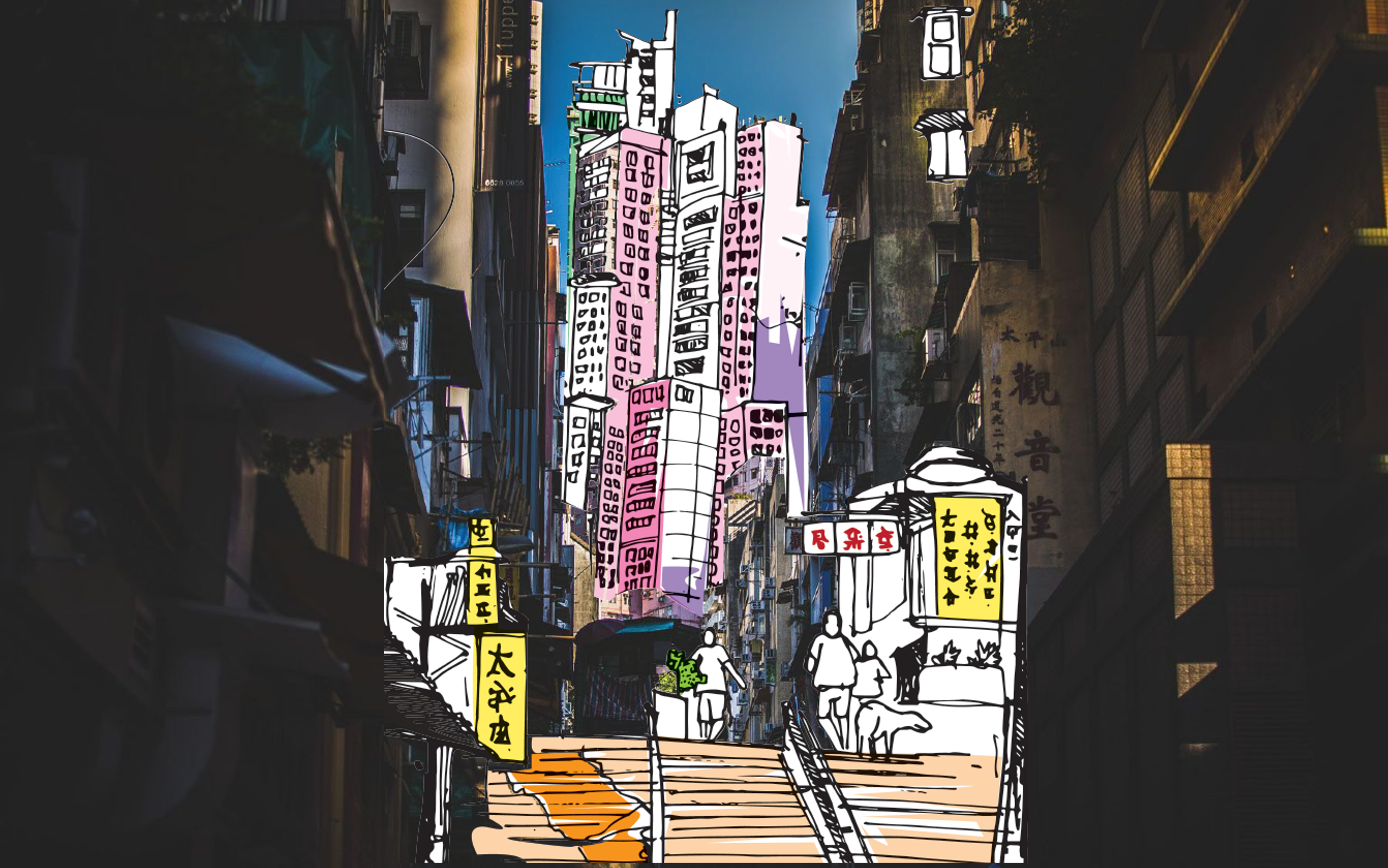
Hong Kong is a city of change. Some call it gentrification, others call it development. Is this change for good? In the process of urban change, the voice of the community is seldom heard. In this project, we want to find the community voice, amplify it and help locals to gain agency in the development of their city. Taking the fast-changing neighbourhood of Sai Wan as an example, the iDiscover Academy Internship Project provided a unique opportunity for 12 students to explore the city through their own lens. Under the mentorship of city planners and creative professionals, they unveiled the historic layers in three old neighbourhoods, learnt the stories of old streets, long-time residents and popular shopkeepers, and dived deep into the local culture and living heritage. Zooming in to neighbourhood level, the student interns set out to discover and analyse what makes this city unique and published their observations in the form of a place identity report that was presented to an expert panel of policymakers, property developers and academics.
The Dynamics of Urban Change
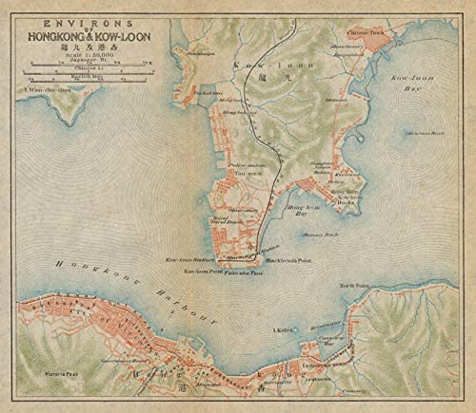

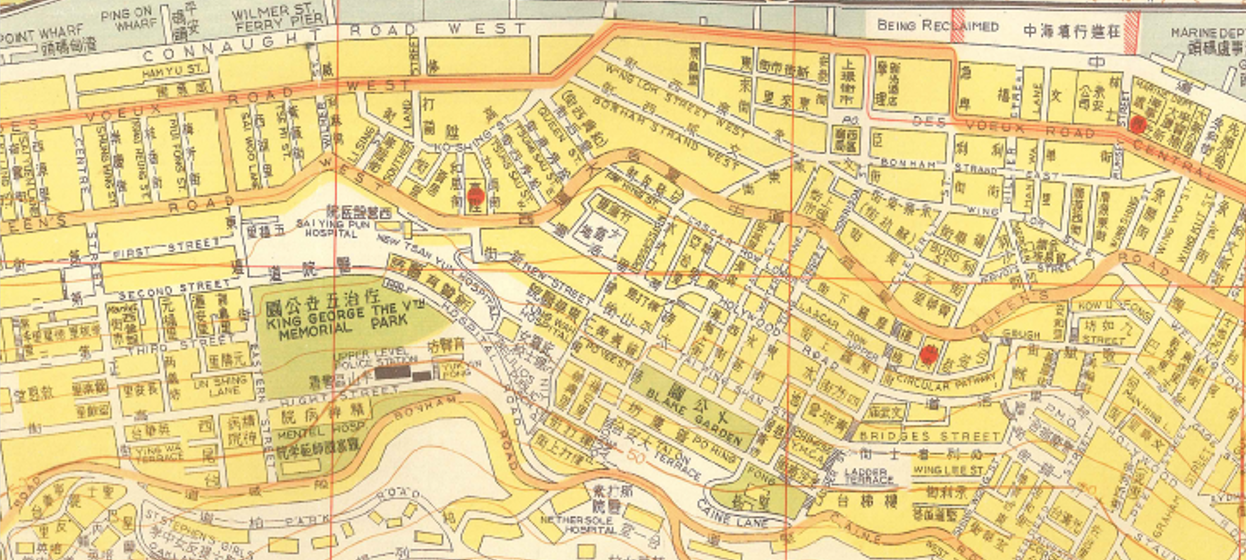
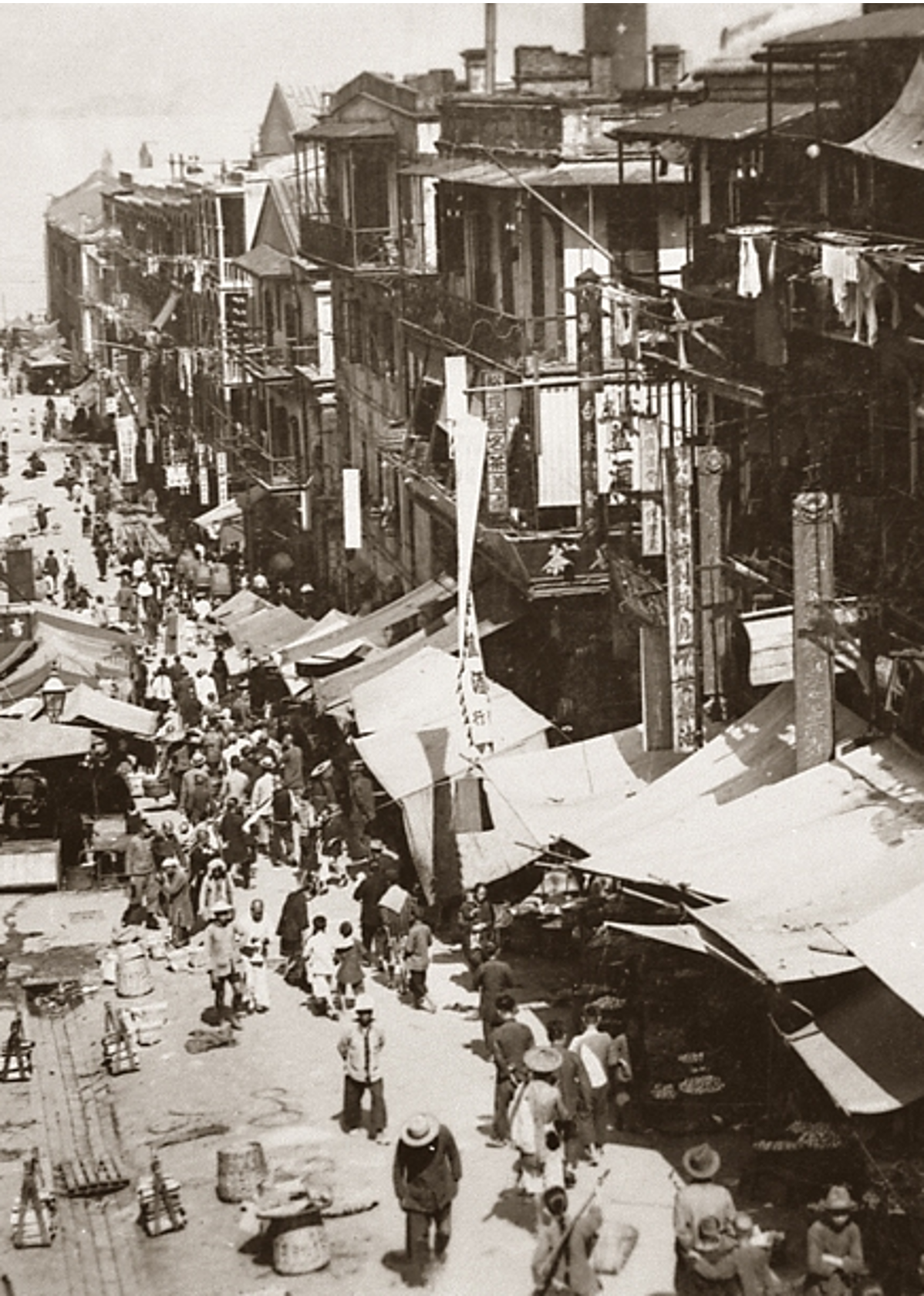
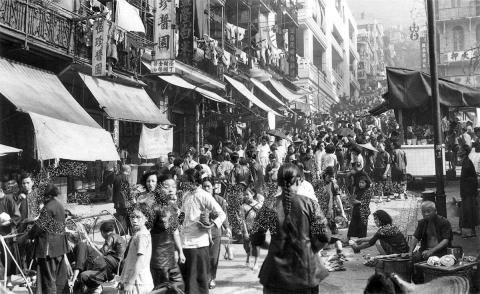
Located at the western tip of Hong Kong Island, Sai Ying Pun is one of Hong Kong's oldest districts. Over the past century, people from Hong Kong and far beyond have made it their home in search of new opportunities. The name Sai Ying Pun translates to ‘West Camp’. Situated on the slope of Victoria Peak, it was where early British military stayed. In the 19th century it became a popular district for the many new immigrants from mainland China. They lived in Tong Laus, the typical shophouses with commercial space at the ground floor and living quarters above. In those days many of the landmark public facilities were built: schools, churches, clinics, police station and a hospital that still determine the character of the district today.
Perched between Victory Harbour and Hong Kong University high up on the hill and its streetscape characterised by steep 'ladder streets' for many years this was a forgotten neighbourhood. While the city of Hong Kong boomed in the post-war period, Sai Wan district - that also includes neighbouring Kennedy Town and Shek Tong Tsui - remained working-class neighbourhood with cramped living conditions, the last stops along the city's tramline. In the 1980s the arrival of the MTR turned other typical immigrant districts like North Point and Wanchai into commercial hotspots, but the Western suburbs remained fairly quiet residential enclaves. Fast-forward to today, this explains why its historic streetscape is more intact compared to other neighbourhoods, now Sai Ying Pun is one of the few areas on Hong Kong Island where you can still find these authentic pre-war tenement buildings.
What once was the ‘backyard’ of Hong Kong has become a sought-after residential neighbourhood.
This all changed with the arrival of the MTR in 2015. The metro line and Centre Street escalator proved to be a game changer, bringing affluence, newcomers and high-rise apartments to Sai Ying Pun. Longstanding mum-and-pop stores were replaced by contemporary and upmarket restaurants, shops and bars and High Street became one of the city's hip hotspots for al-fresco dining. In the eyes of the community – long-term and new residents, foreign and local – is this change a sign of evolution and opportunity, or is it a threat to their heritage?
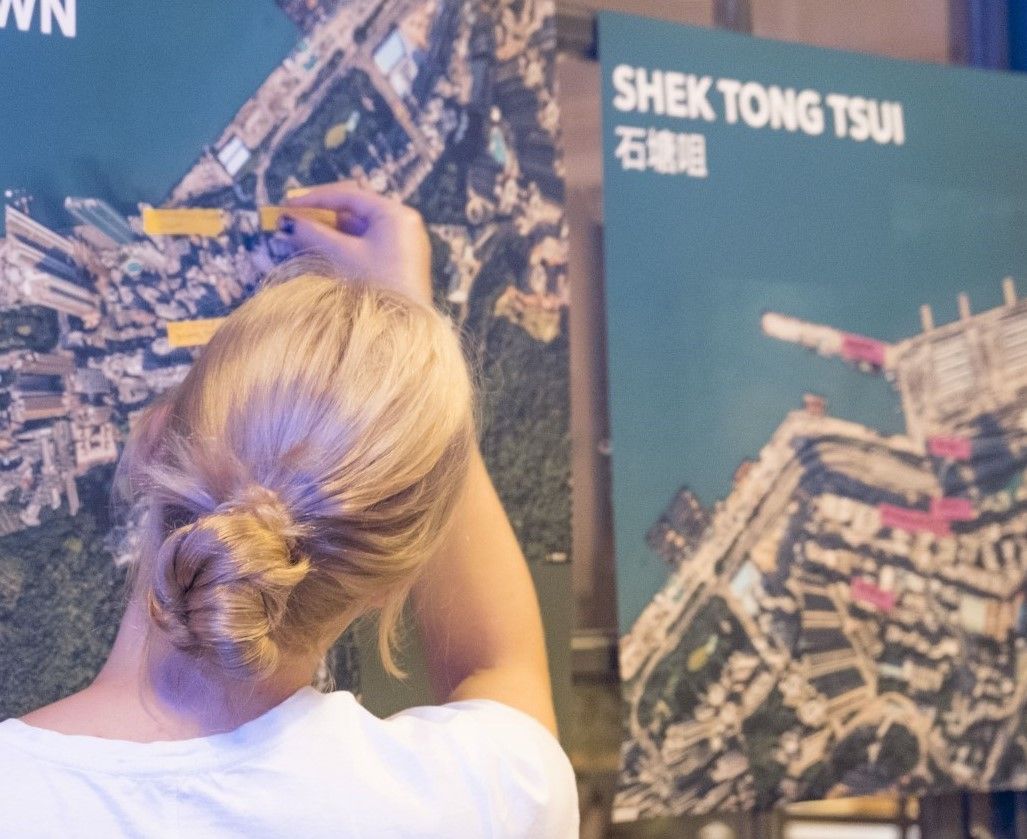




Finding the Community Voice
The 12 students went out to the streets to speak to local residents, a mix of different generations, genders and cultures. They asked them what they liked and loathed. Which places mattered, where there was room for improvement and what for them makes Sai Ying Pun tick.
Uncle Kau has called Sai Ying Pun his home for over 60 years. While relaxing on a bench in the King George V Memorial Park, he recalls memories of his childhood. According to him, the busy streets and the vivacious community you see today don’t even begin to cover the lively atmosphere of the old Sai Ying Pun. He remembers how loud music and chatter used to fill the streets, and how the old and young would gather at the park for a friendly game of chess. Uncle Kau likes that Sai Ying Pun’s long-term residents were a close-knit community and have remained so to this day. With the many changes that have occurred in the area within the last decade, he notices how the streets have calmed down. "Some moments bring the same laughter and chatter as the olden days, but it’s not the same as how it used to be."
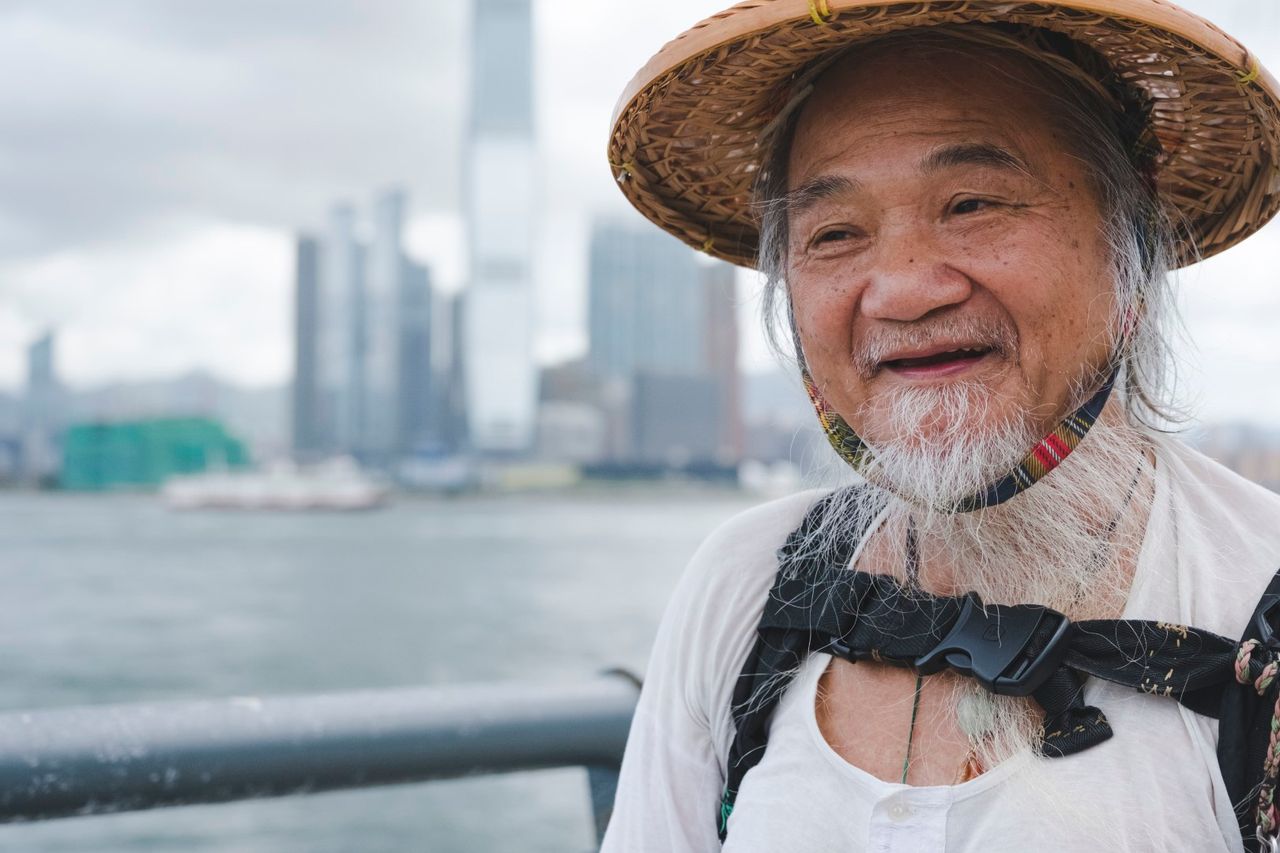
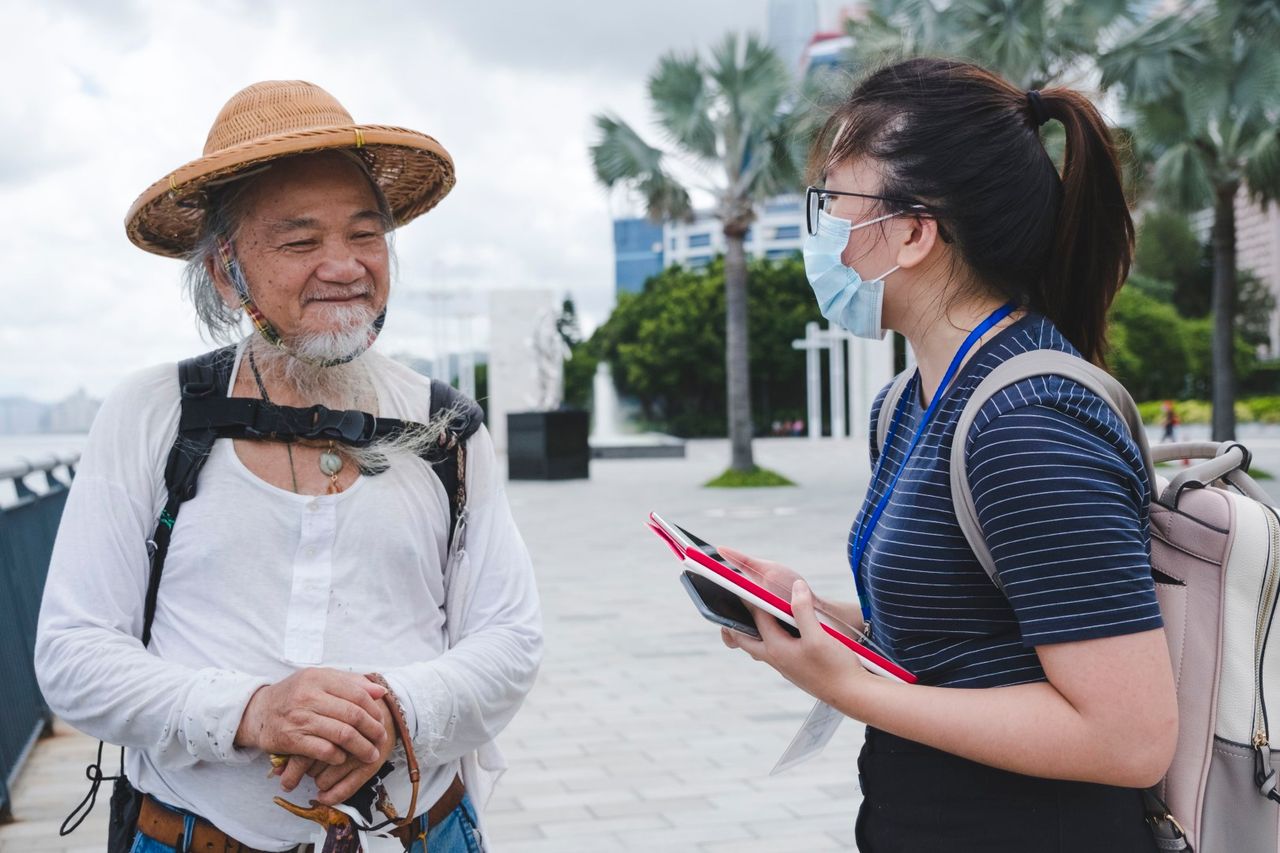
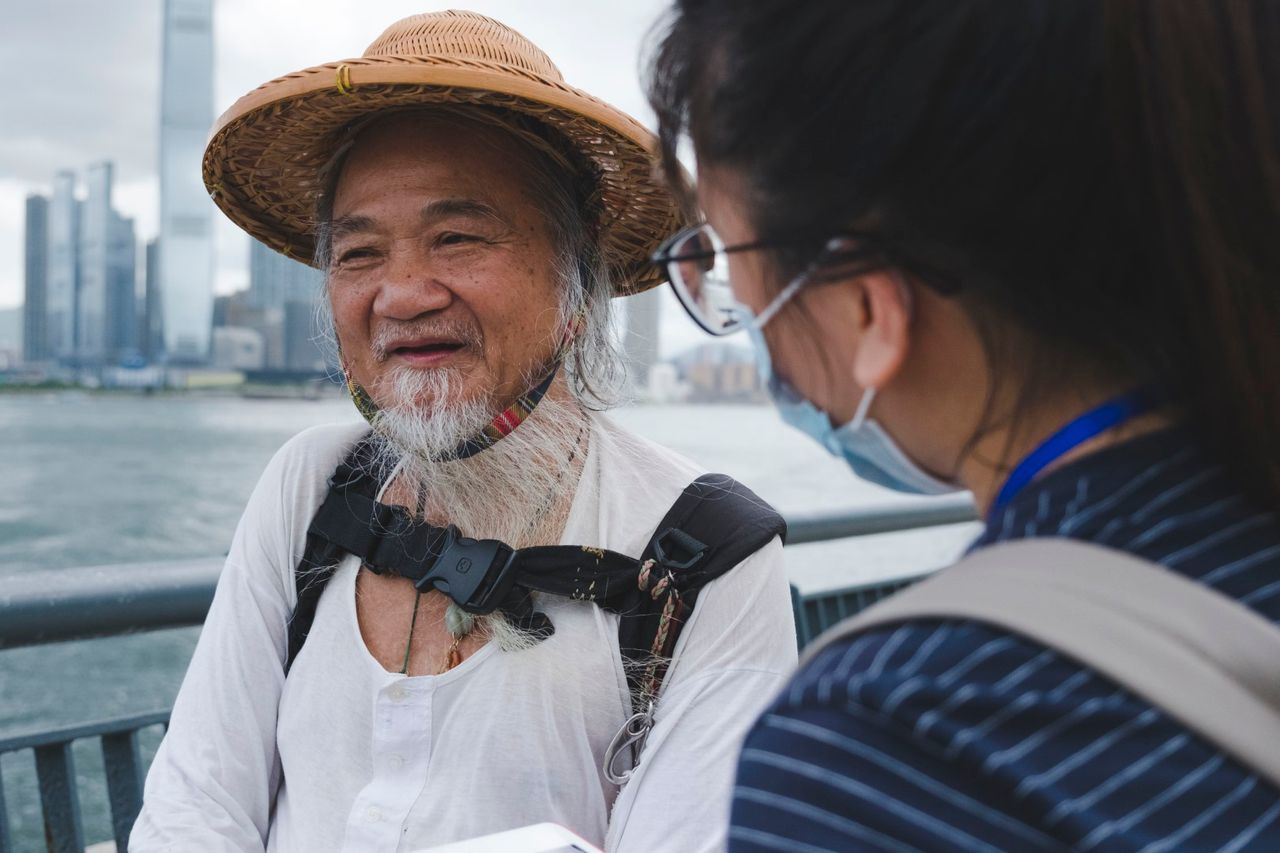
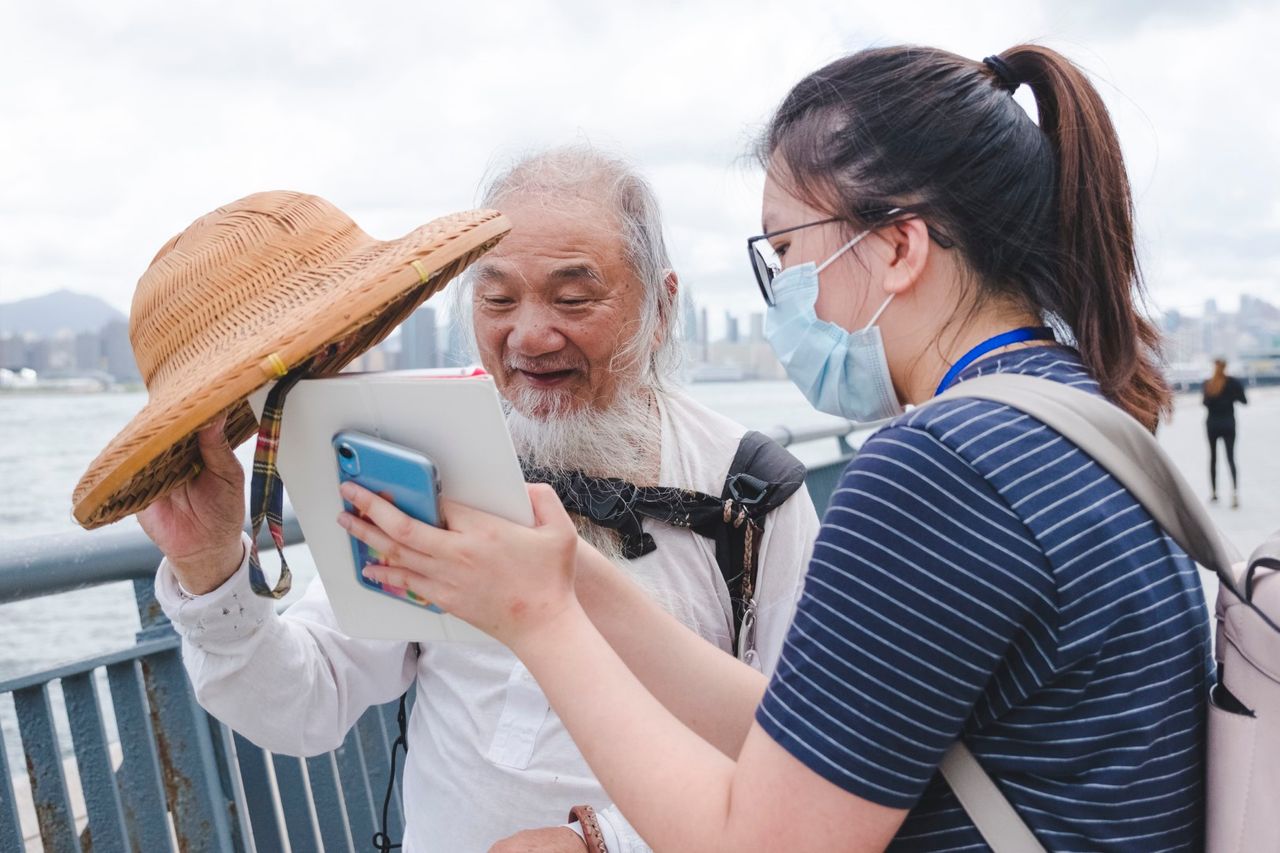
Ms Lee, an elderly lady who also calls the Sai Ying Pun area to be her home, strolls past the bench Uncle Kau is sitting on. “People used to say ‘hi’ to one another, everyone knew each other,” she recalls. However, Ms Lee doesn’t seem to mind the ever-changing nature of the community. “[Change] is necessary for development, it’s not a bad thing,” she states. Both her and Uncle Kau appreciate the development in the area. They believe that change is needed to create opportunities for generations to come. “It’s nice to see new things,” Ms Lee says. However, they agree this evolution comes at a price: "change has affected the affordability of Sai Ying Pun for newcomers to the area."
People used to say ‘hi’ to one another, everyone knew each other. That sense of community is lost.
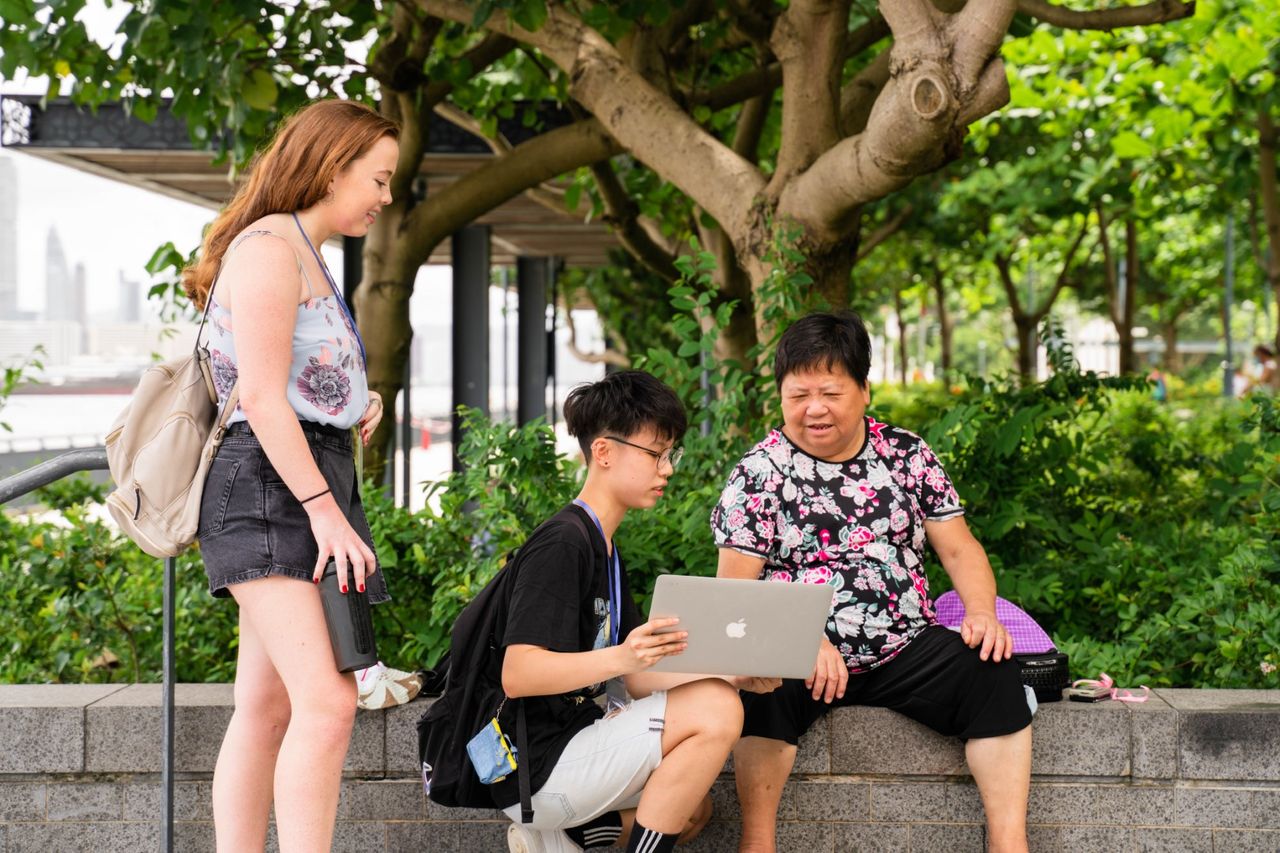
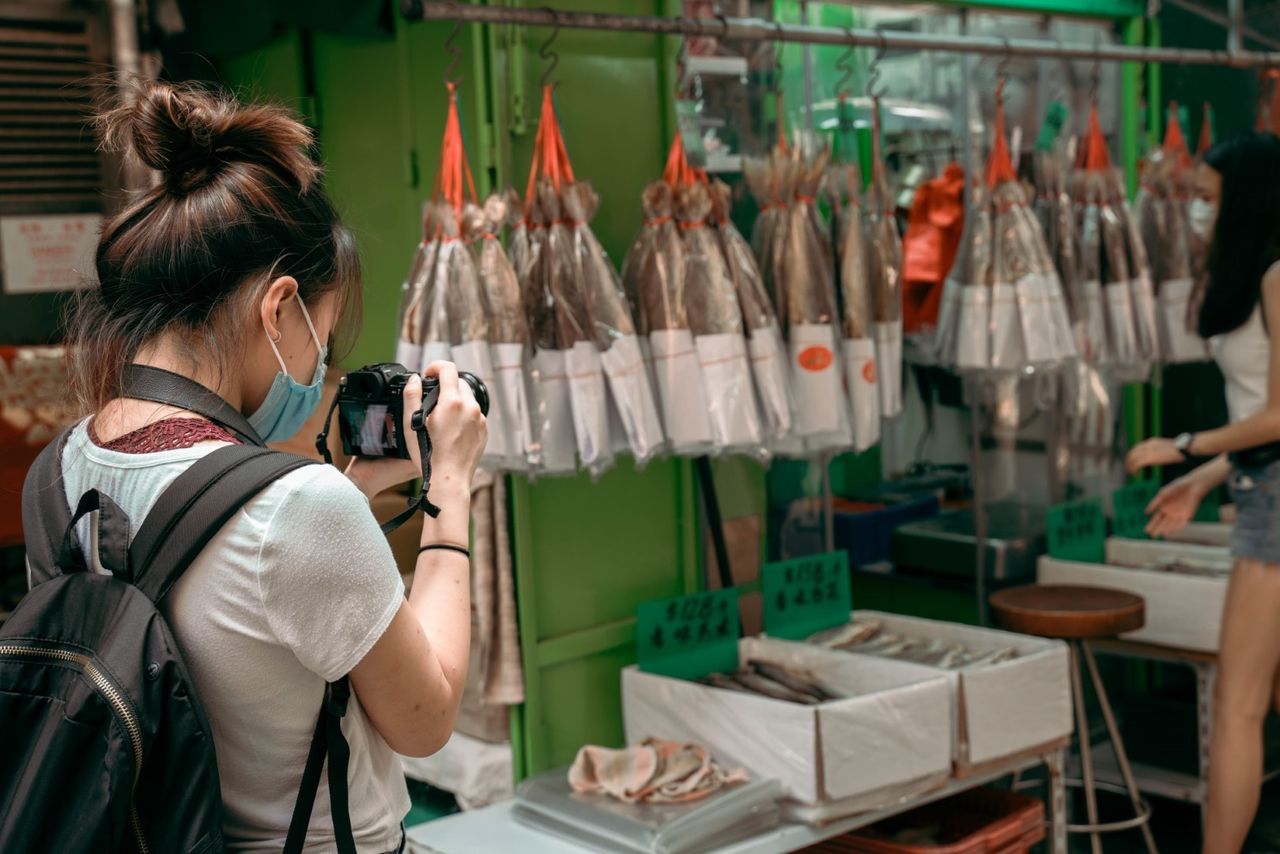
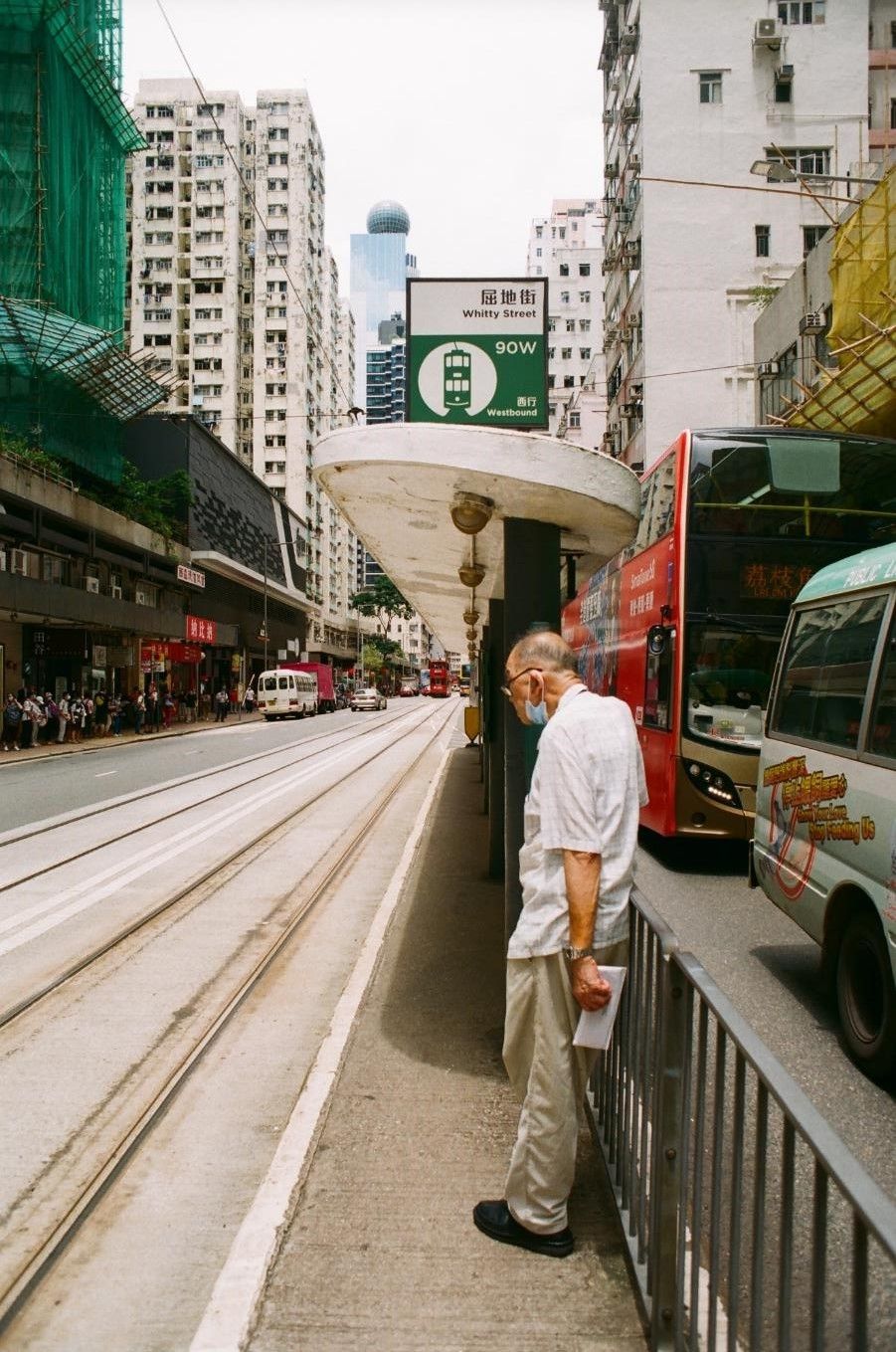
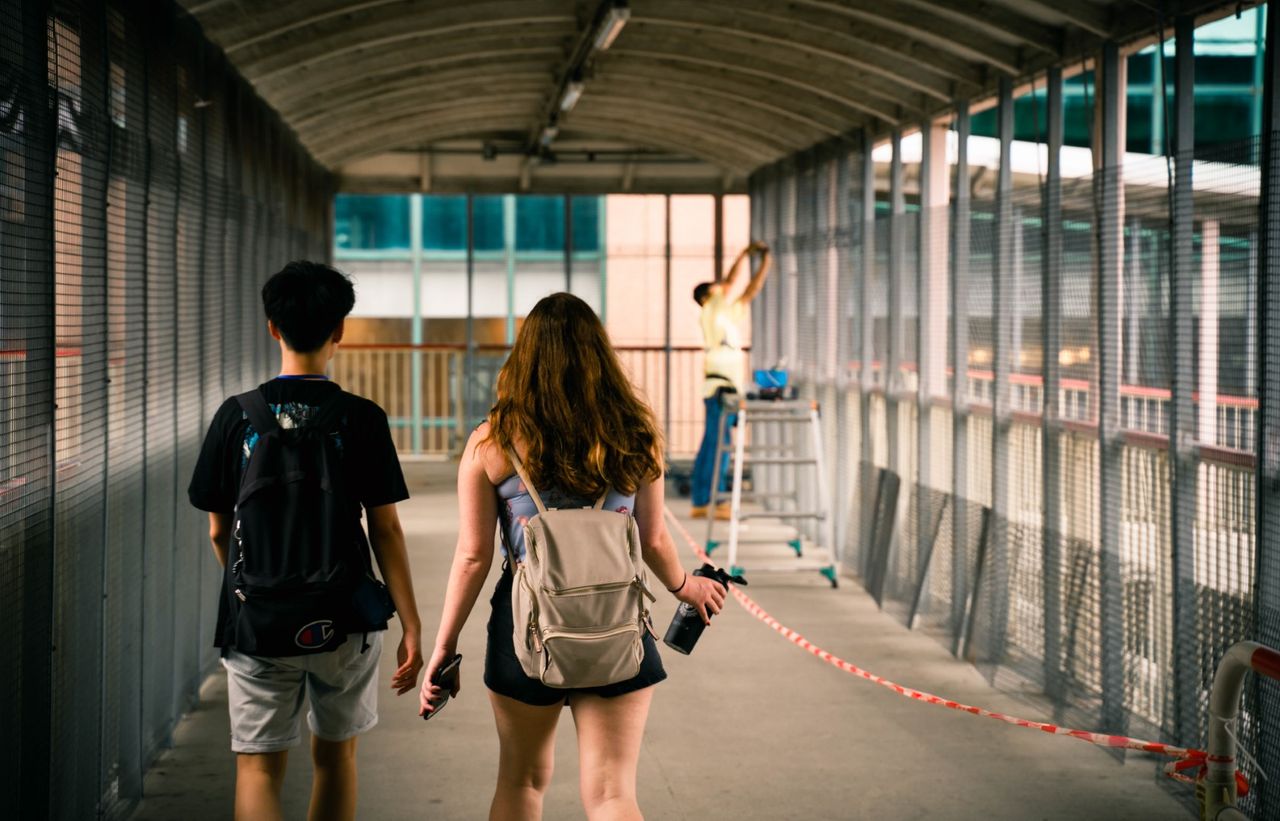


Sai Ying Pun is a part of Hong Kong with a great deal of character. You’ve got fancy bars right next to motor services and [older] businesses.
Mr Lam is a manager at the Western Garden Neighborhood Elderly Center. He explains how the neighbourhood’s sense of community hasn’t changed much over the years because it’s strongly rooted and many of the elderly people in the community still live here. He sees an increase in expats, but he doesn’t see many interactions between locals and foreigners. Mr Lam believes that the local elderly are “okay with the current developments,” but if change continues to occur at the same rate, it could come at the cost of middle-class residents, as it has in the past, and public facilities like parks. These changes won’t be appreciated by some of the older local residents.
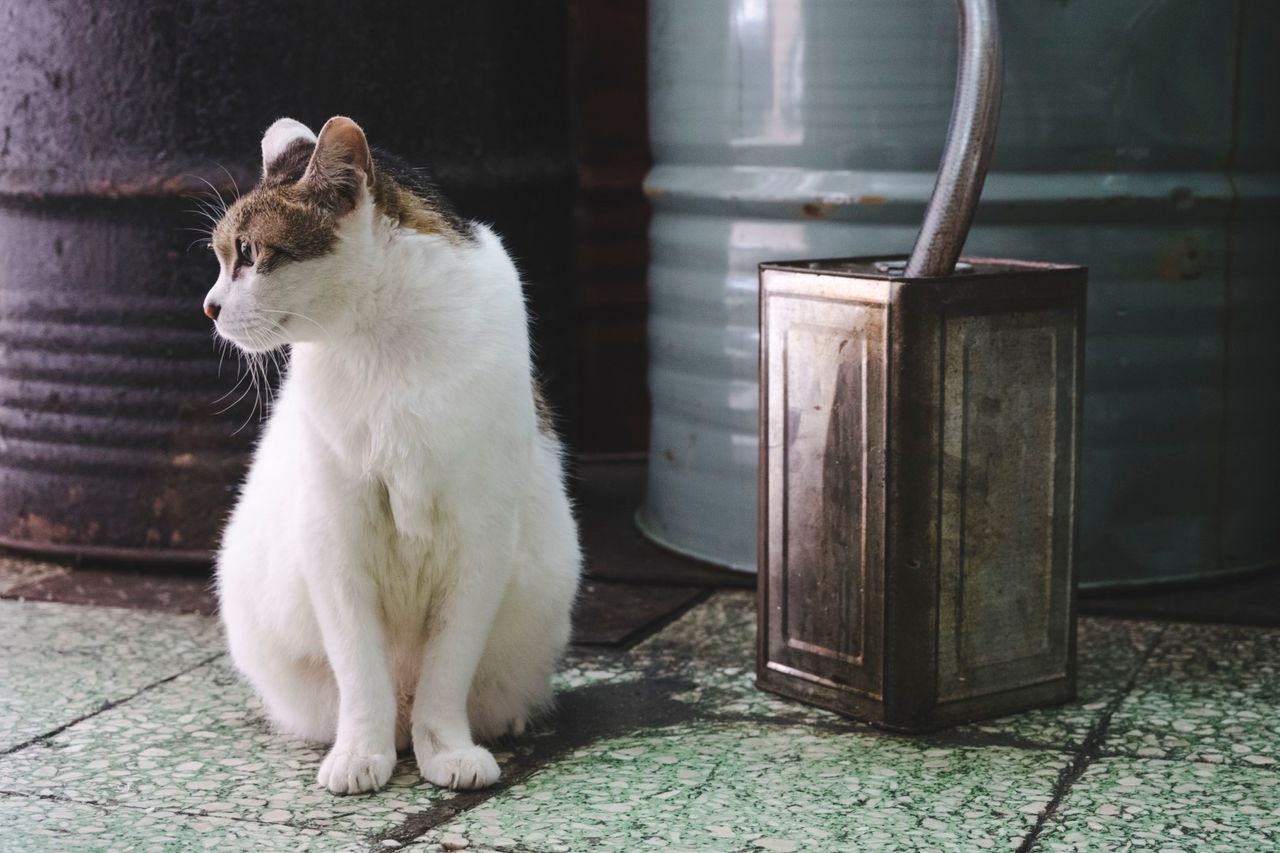
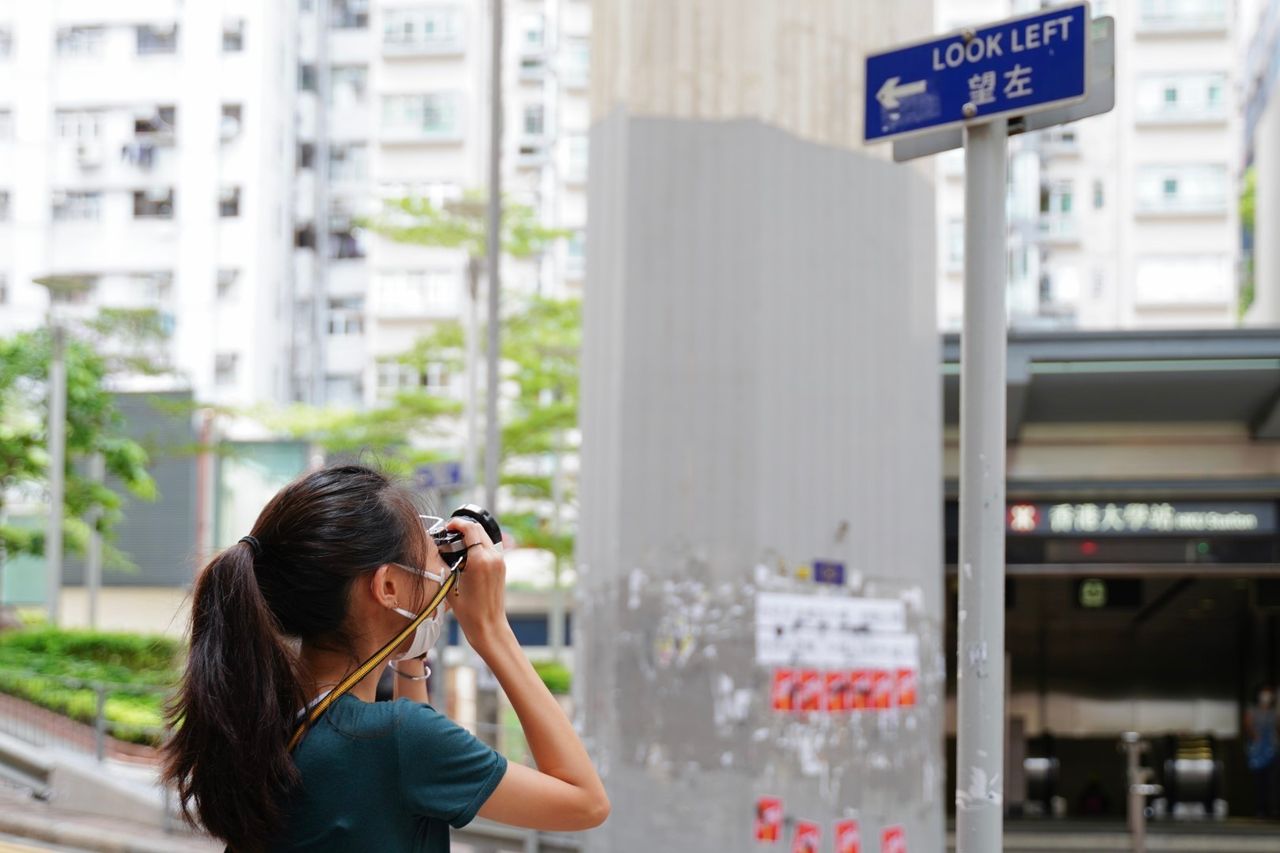
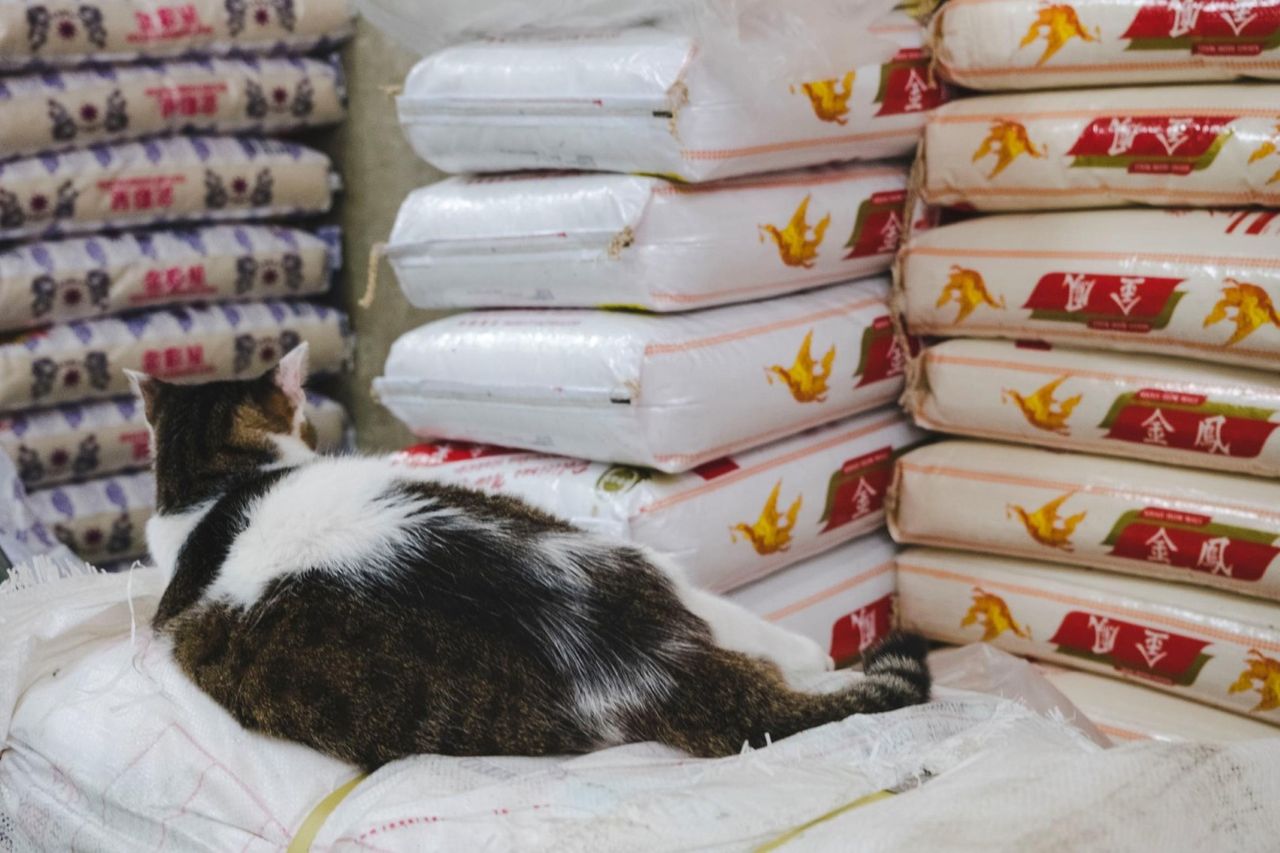
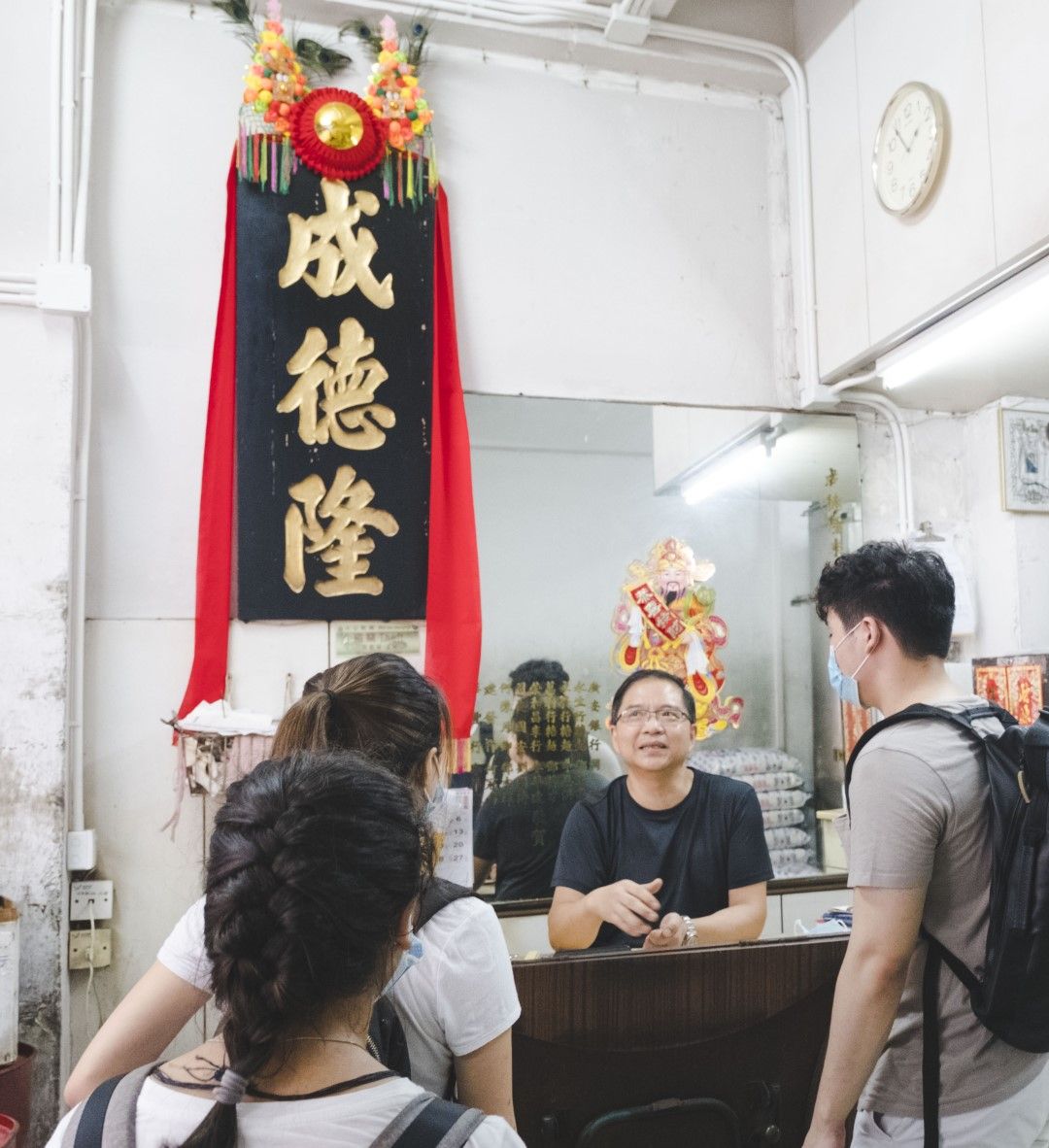
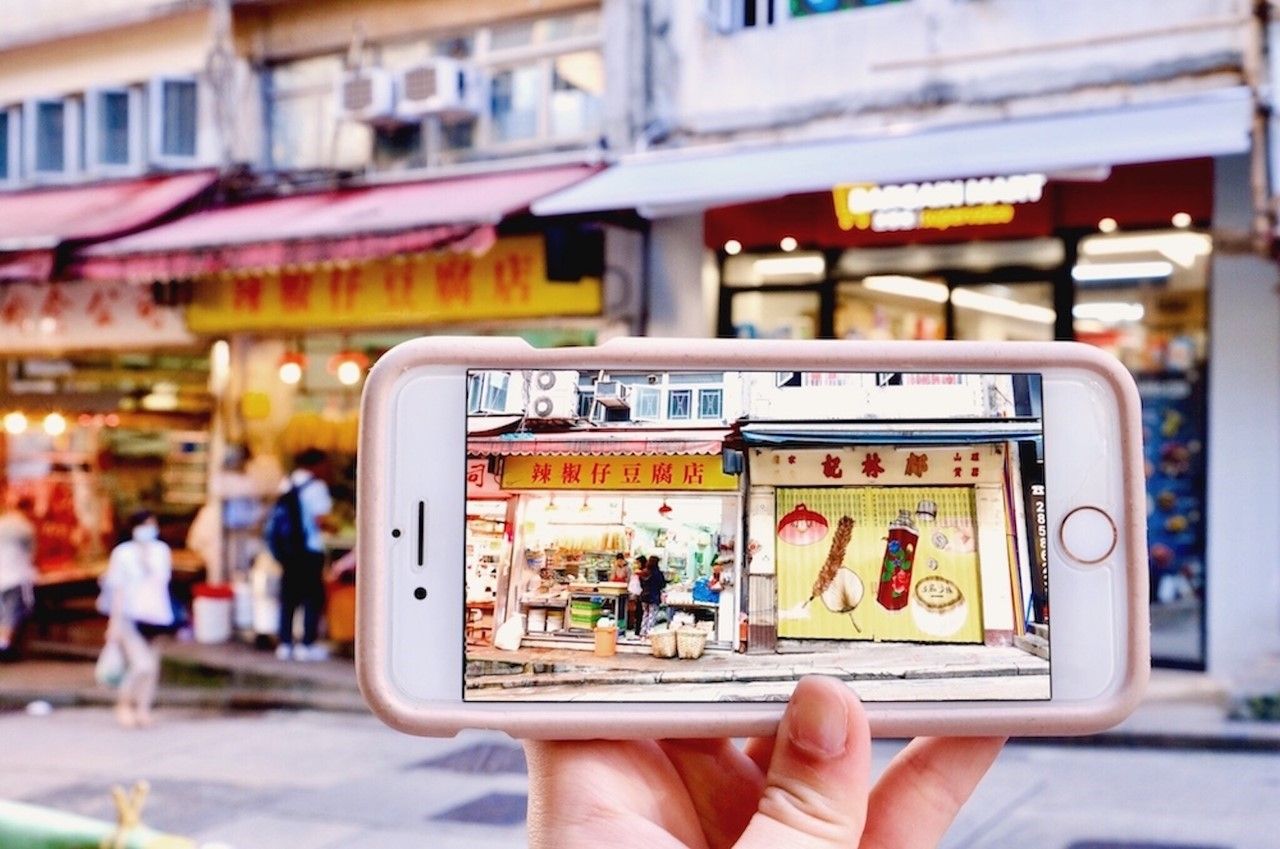
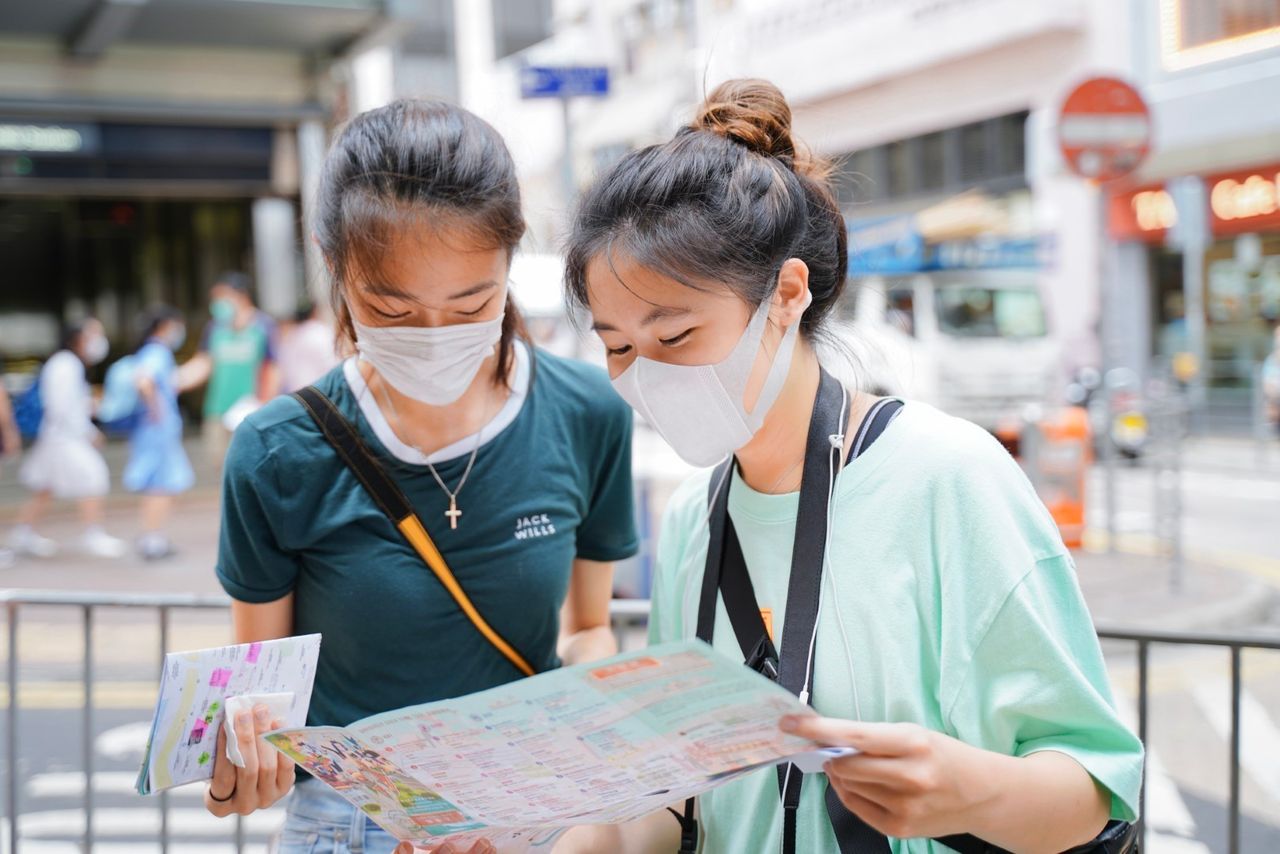
Property consultant Ms Buckthought, whose office is based nearby Central, has worked with many clients on many different types of buildings all over Hong Kong. As she sits outside in the garden area of Second Street, she’s surrounded by the contrast of the Island Crest towers on one side, and more recently upgraded Tong Laus on the other. For her Sai Ying Pun is a location of choice, a part of Hong Kong with a great deal of character. The fusion of culture, architecture and different communities creates an interesting atmosphere. “You’ve got fancy bars right next to motor services and [older] businesses,” she says.
Ms Buckthought also believes that the people of Hong Kong need to work towards conserving the tenements. They need to do so by upgrading the interiors while maintaining the beauty and character of the exterior. She notes that many of her clients do in fact prefer living in these pre-war style buildings as they are more spacious compared to newer high-rise towers. Also there you have more interactions with your neighbours. For newcomers to the area - whether they’re foreigners, expats, or the younger generation - being able to preserve some part of the neighbourhood’s history helps maintain its charm and character. The neighbourhood may be physically changing and evolving, but that doesn’t necessarily mean that the people have to lose their sense of heritage.
Change is necessary for development, it’s not a bad thing, I appreciate the development in the area. It’s nice to see new things.
A Neighbourhood Report
The students went searching for an answer to the question 'What do people value in Sai Ying Pun and what makes it such a popular neighbourhood? Through a mix of four different research techniques, they were able to cover a lot of ground in a short period:
- Desk research - they first hit the library to history books, research reports, archival images and maps. They complemented with online resources and when it came to making maps, google showed them the way.
- Social listening - Social media provided a wealth of information on places. Every day thousands of people post online what they see and feel when they are at a place. The interns scanned a variety of social media platforms for up-to-date insights on perceptions of place.
- Street surveys - The students conducted 109 surveys, 50 out on the street, 59 online. They talked to people who lived, worked and visited the neighbourhood. To beat the heat most were conducted early morning and late afternoon.
- Street counting - Hong Kong is a fast-changing city and one cannot always rely on what others say and write. Sometimes it’s better to see with one's own eyes. That’s why the students went out onto the streets to observe and count: passenger flows, trees, benches etc.
Using a framework of indicators they measured how the neighbourhood scored on different attributes and came up with some interesting observations about the value of authenticity, diversity, vibrancy, green, convenience and friendliness in the neighbourhood.

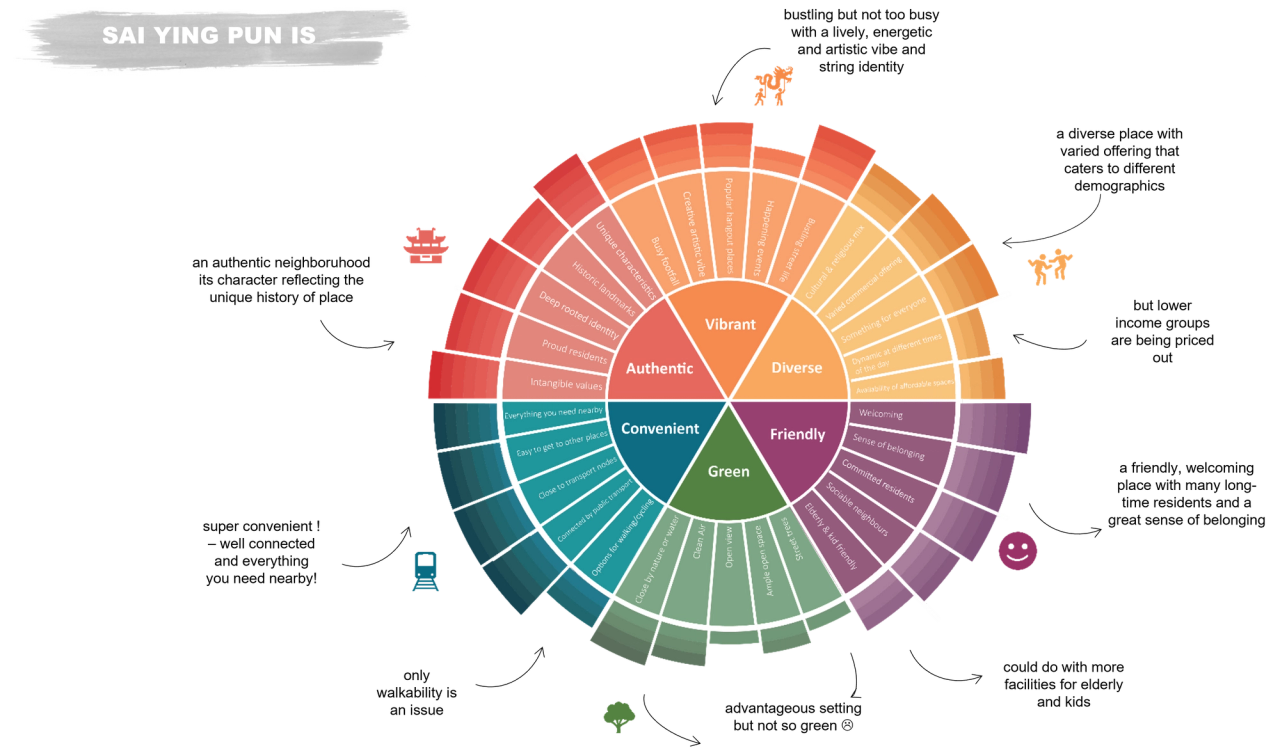
The social listening exercise showed that perception of place differs depending on whether you're a local or just passing through for work of play. Residents describe the neighbourhood as convenient, comfortable, friendly and diverse, whereas visitors associate the neighbourhood as old
traditional, bustling and local.
The street survey showed that Sai Ying Pun not only scores high on authenticity and vibrancy but these are also factors that residents find important. Sai Ying Pun is known as a place where you can still find a slice of old Hong Kong. 83% of locals rate Sai Ying Pun as an authentic neighbourhood and over half of the visitors mention authenticity as a reason for visiting.
68% of locals rate Sai Ying Pun as a vibrant neighbourhood. Sai Ying Pun has few chain stores and no large shopping malls. But the large variety in cafes, restaurants and the many art galleries and creative spaces not only give the neighbourhood it's signature artistic vibe, this also fosters cohesiveness and creates a sense of belonging. The busy footfall at different times of the day makes it more resilient, the street counting research shows that the SYP streetshops are less affected by economic recession compared to other districts in Hong Kong island.
We don’t need more high-rise buildings, we need to preserve the character of the neighbourhood, the old shops and the street signs
The students also asked residents about their aspirations for the neighbourhood. The overwhelming majority of respondents wanted to keep the authentic character of the neighbourhood and would like to see more old tong laus renovated instead of being replaced by highrise towers. They also advocate for more initiatives to cultivate the artistic vibe in the district, like the promotion of street art and spaces for young artists to have galleries. Many respondents pointed out the value of local businesses as place keepers, essential to the keep unique character and communal vibe of the district. To retain these businesses, it is important that lower income groups do not get priced out. Residents also think more can be done to celebrate, support and futureproof these businesses.


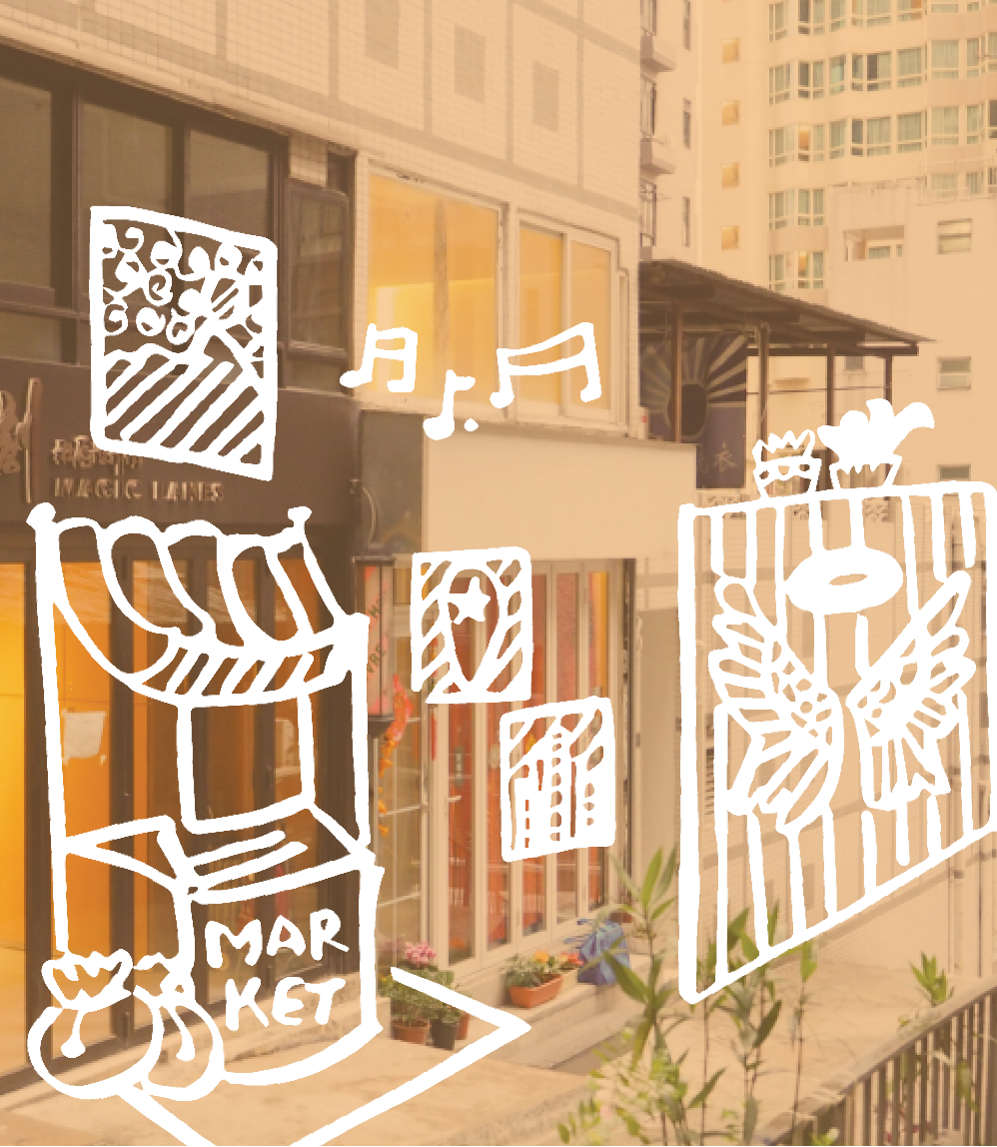


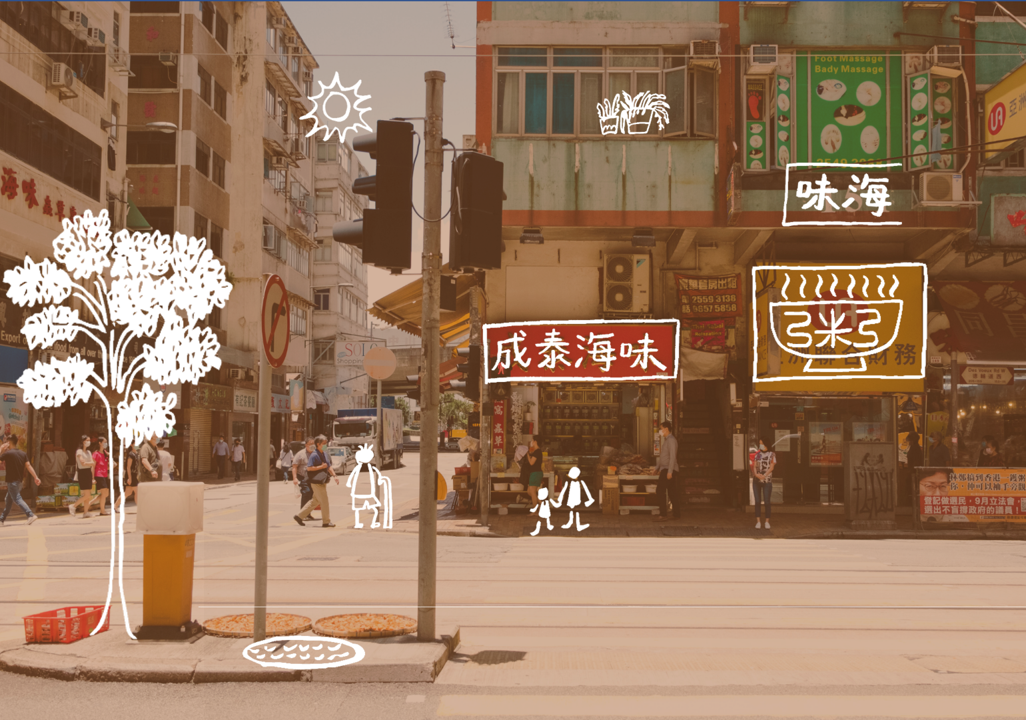
Keep SYP the way it is. It's perfect!
These were some of the many suggestions in the SYP neighbourhood report that the students presented to an expert panel of city makers: district councilors, architect, developer and academics. Documenting and ampliying the community voice. Their substantiated arguments made for a lively discussion on the pro's and the cons of the different proposed measures where the students could advocate for the many people they had met whose voice would otherwise no have been heard in the noise of the city.


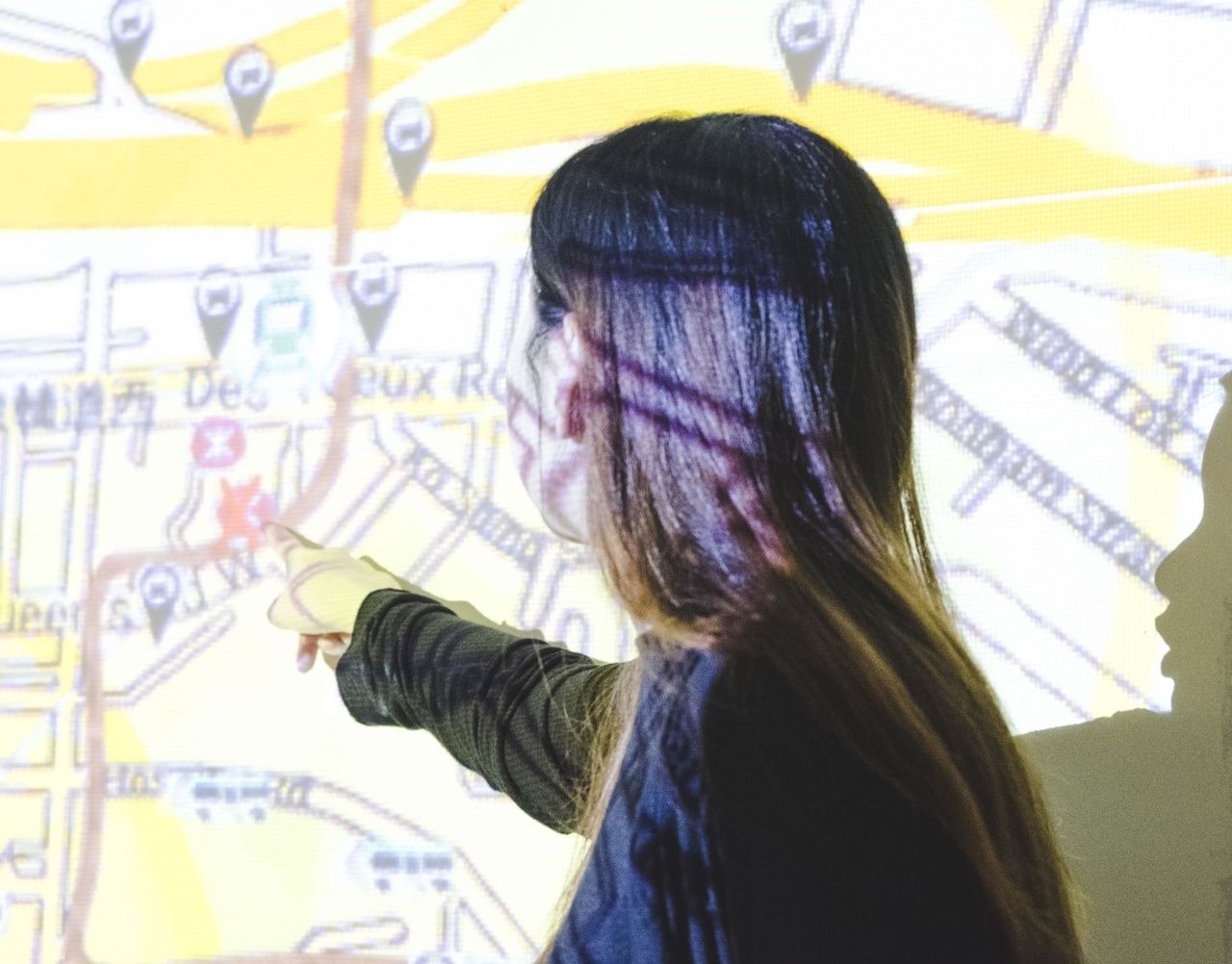
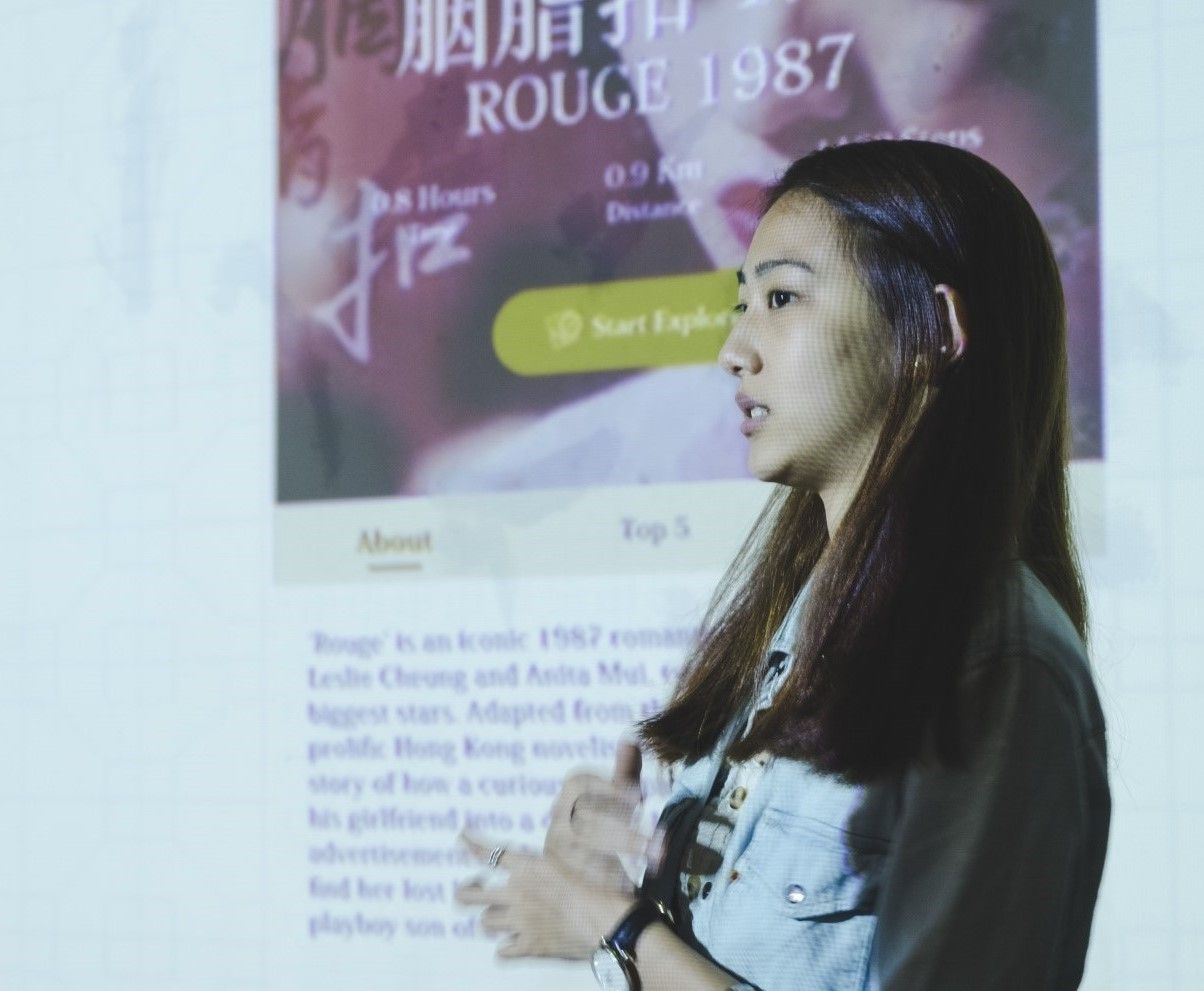
It’s impressive that students can get to the core of the matter within just two weeks.






For the 12 students, the two-week internship project was an extraordinary learning experience where they got to explore the city through the lens of locals, having fun while picking up some new skills and fresh perspectives on the way. For many, it was the first time connecting to people of other generations or cultures in the community. The framework made for a deeper understanding of how different demographics have different needs when it comes to city planning and place making, especially in these older districts with a multi-layered history, multicultural population and lots of people competing for space. It also shows how an inclusive process of mapping can help to unveil the different layers and dynamics in a place.
It is the epitome of true exploration, you get to understand and connect with the local community to truly grasp the heart of Sai Wan.

Want to know more?
Download the full Sai Ying Pun neighbourhood report here with a detailed analysis of how local residents scored their neighbourhood on each of the six place value attributes: authenticity, vibrancy, accessibility, diversity, convenience, green and friendliness. Plus suggestions on improvements to how to preserve the authenticity of this unique heritage district.
Or watch this video to follow Stephanie, Lena, Vrishti, Gordon, Adelle, Mudit Jade, Morgan, Isabelle, Anson, Tiffany and Ophelia in their creative explorer's journey around the streets of Sai Ying Pun. Alternatively, discover another side of Sai Ying pun, as Lena retraces the steps of two star-crossed lovers from an epic Hong Kong movie.
Credits
Powered by

Created by

About
iDiscover Academy iDiscover Academy
This walk was curated as part of an iDiscover Summer School in 2020. 12 young Hongkongers were invited to unveil the historical layers in the old neighbourhoods of Shek Tong Tsui and Sai Ying Pun. Zooming in to street level, they took a deep dive into local culture and living heritage. 這條路線是2020年iDiscover暑期學校的一部分。12名香港年輕人受邀揭開石塘咀和西營盤老街區的歷史層次。放大到街道層面,他們深入了解了當地文化和生活遺產。
i-discoveracademy.comStephanie Lam Stephanie Lam
Stephanie is passionate about film. She shot all of the photos in this article of present-day Hong Kong on 35mm film to encapsulate the movie’s nostalgic mood. 斯蒂芬妮對電影充滿熱情。她用 35 毫米膠卷拍攝了這篇文章中的所有現代香港照片,以概括電影的懷舊情緒。
@fillm.jpg